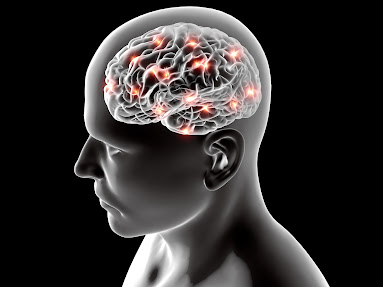The US Preventative Services Task Force (USPSTF) recently addressed this question and determined that there is “insufficient evidence to assess the balance of benefits and harms” associated with such screening. In effect, they could not conclude if it was helpful, harmful, or neither.
However, the question, and the
conclusion of the USPSTF, both lend themselves to widespread misinterpretation. This brief summary takes a precise look at the issue and offers some clarity.
First of all, the task force defines “screening” in a very specific way. In this case, it means assessing the cognition of individuals with no clear signs or symptoms of a cognitive deficit. There is essentially no debate that doctors should evaluate the cognitive health of patients who do show signs of impairment; the USPSTF would agree. But “evaluating symptoms” is not the same as “screening” and is therefore, not a part of this discussion.
Assessing subjects with no symptoms is “screening” while assessing subjects who do have symptoms is “case finding”. This USTFPS opinion relates strictly to screening.
Second, the term cognitive impairment covers a wide range of disability from very mild (a subtle sense that thinking skills are becoming slower or less vital) to severe (full dementia including a loss of ability to care for oneself). The broad range of severity in this definition is problematic because, as just discussed, the term “screening” only applies to those “older adults” at the extreme mild end of this spectrum. As such, the posed question contains an inherent flaw. Either “screening” is the wrong word because it does not apply to many along the spectrum of cognitive impairment, or the term “cognitive impairment” must be precisely qualified to include only asymptomatic subjects. Otherwise, a sensible answer cannot be derived.
Finally, this discussion is further complicated by the fact that the publications, upon which the USPSTF based their conclusion, evaluated only cognitive assessment instruments designed to detect “dementia”, not the asymptomatic subjects contemplated by the notion of screening. Therefore, an evaluation of the benefits and harms of screening older adults for the full range of cognitive impairment, based on instruments that reliably detect only the most severely impaired, is neither comprehensive nor conclusive.
The bottom line, as emphasized in the accompanying editorials to the USPSTF recommendations published in JAMA, is that wide scale screening of asymptomatic populations over age 65 is not yet warranted by published evidence, but it certainly has strong theoretical appeal.
The USPSTF’s conclusion of “insufficient evidence” should not be interpreted as a recommendation against screening, rather, it is a factual statement about the paucity of studies that have been published in this area. But it should be noted that Medicare mandates the “identification of cognitive impairment” during Welcome to Medicare exams. So when asking if we should screen older adults for cognitive impairment, at least one well-informed branch of government believes that the benefits outweigh the costs.





